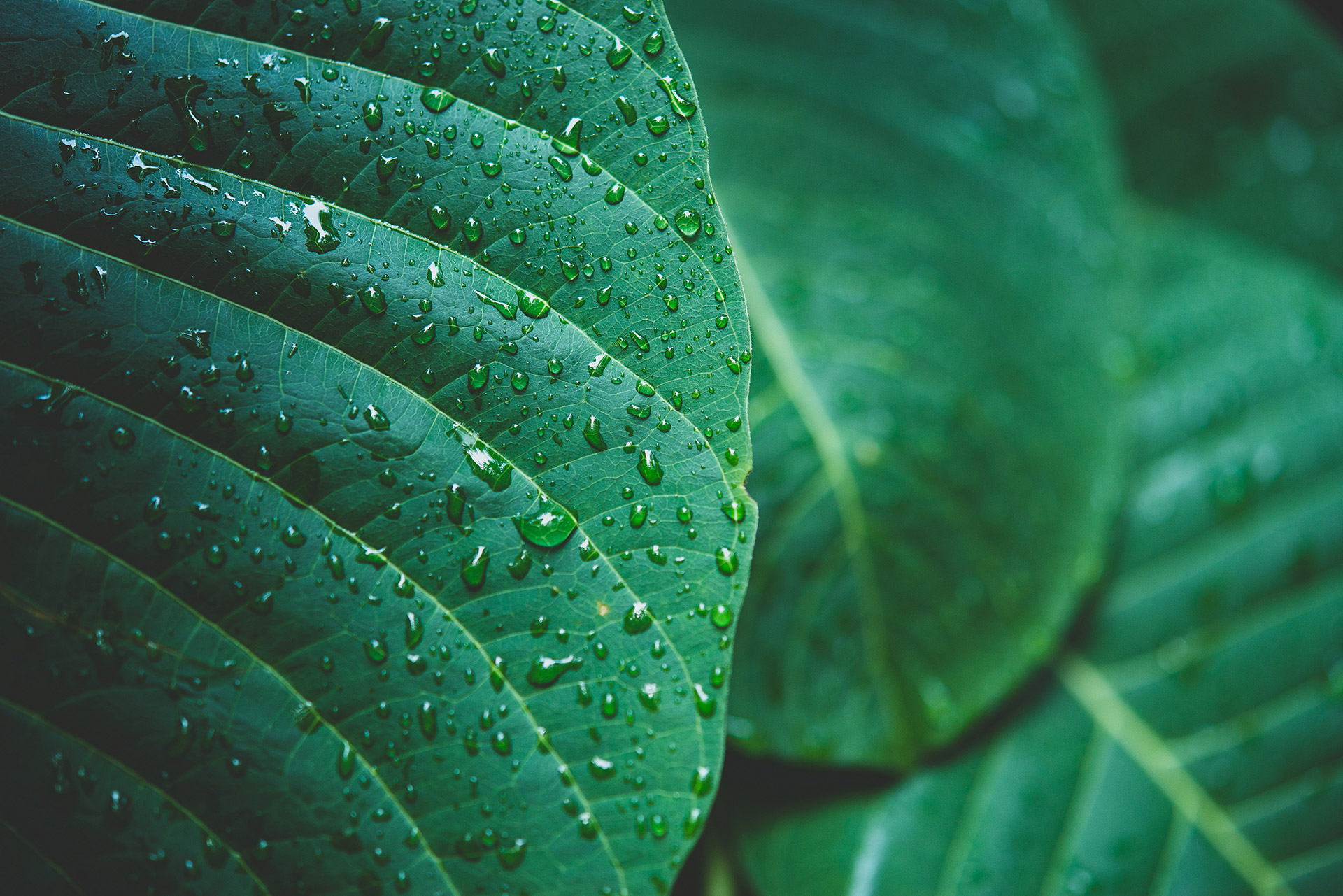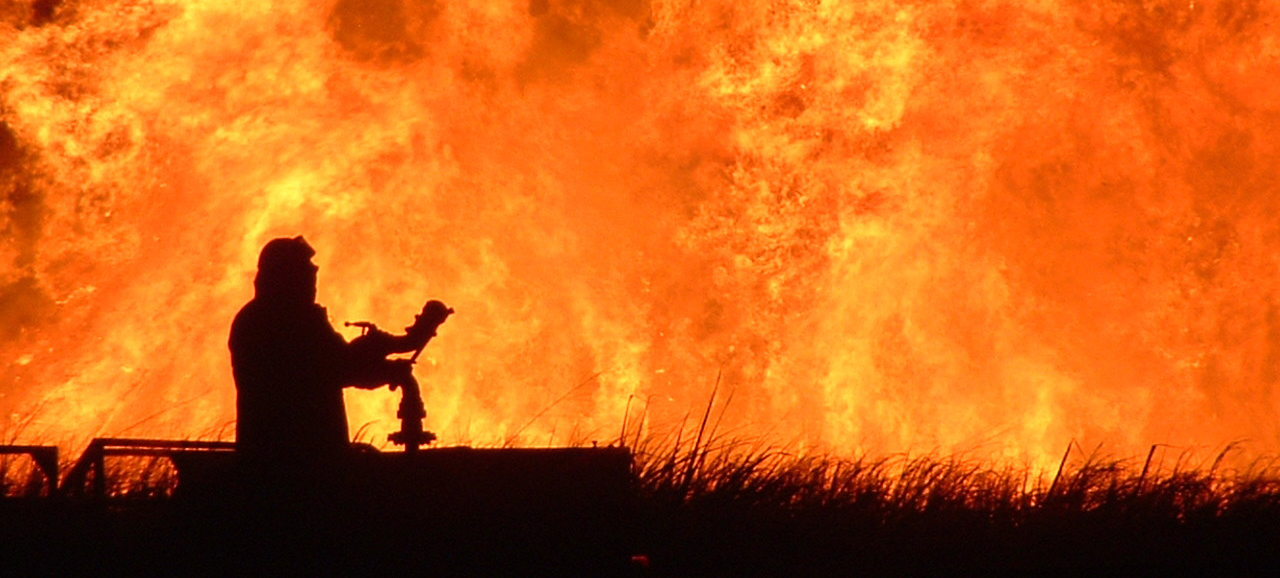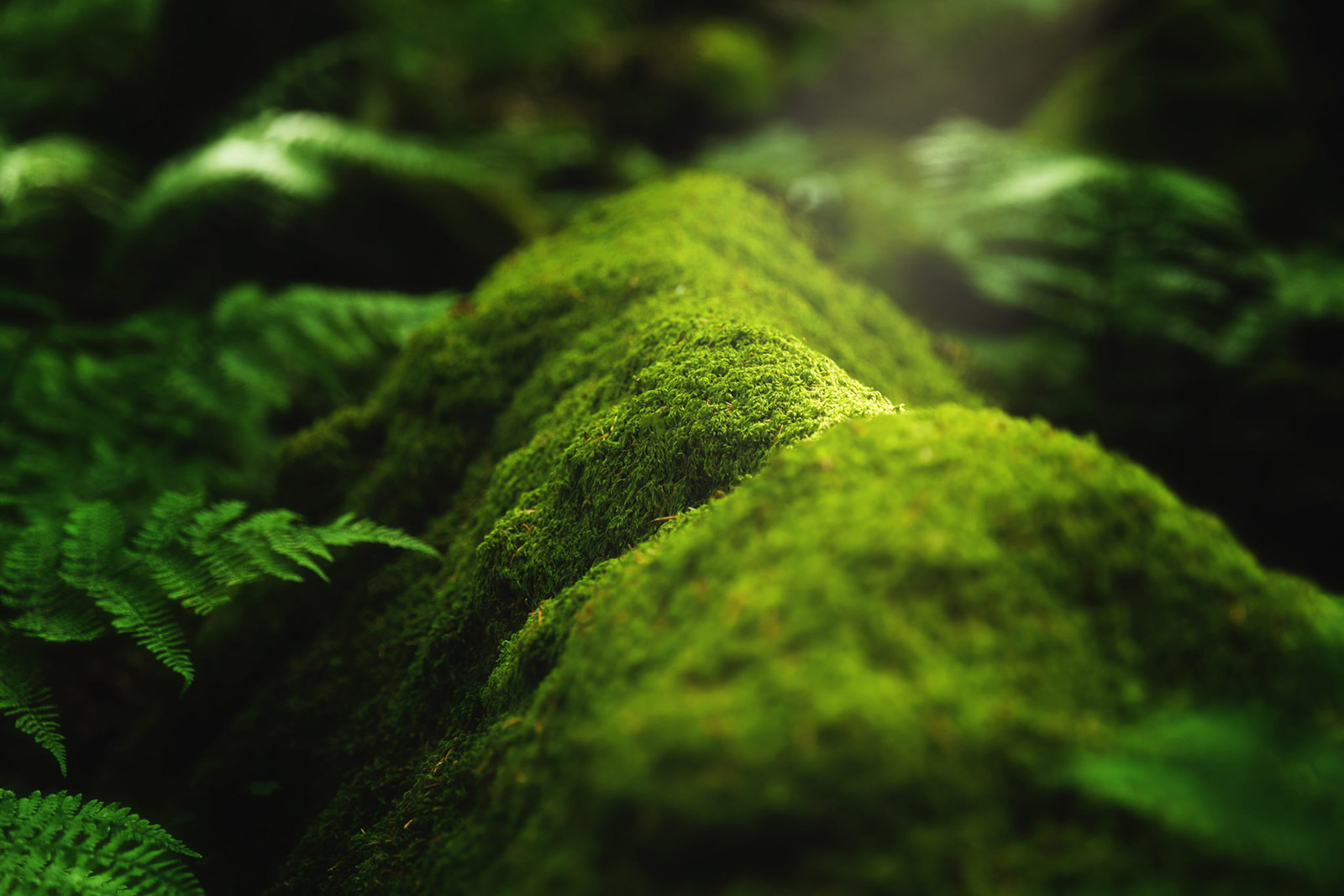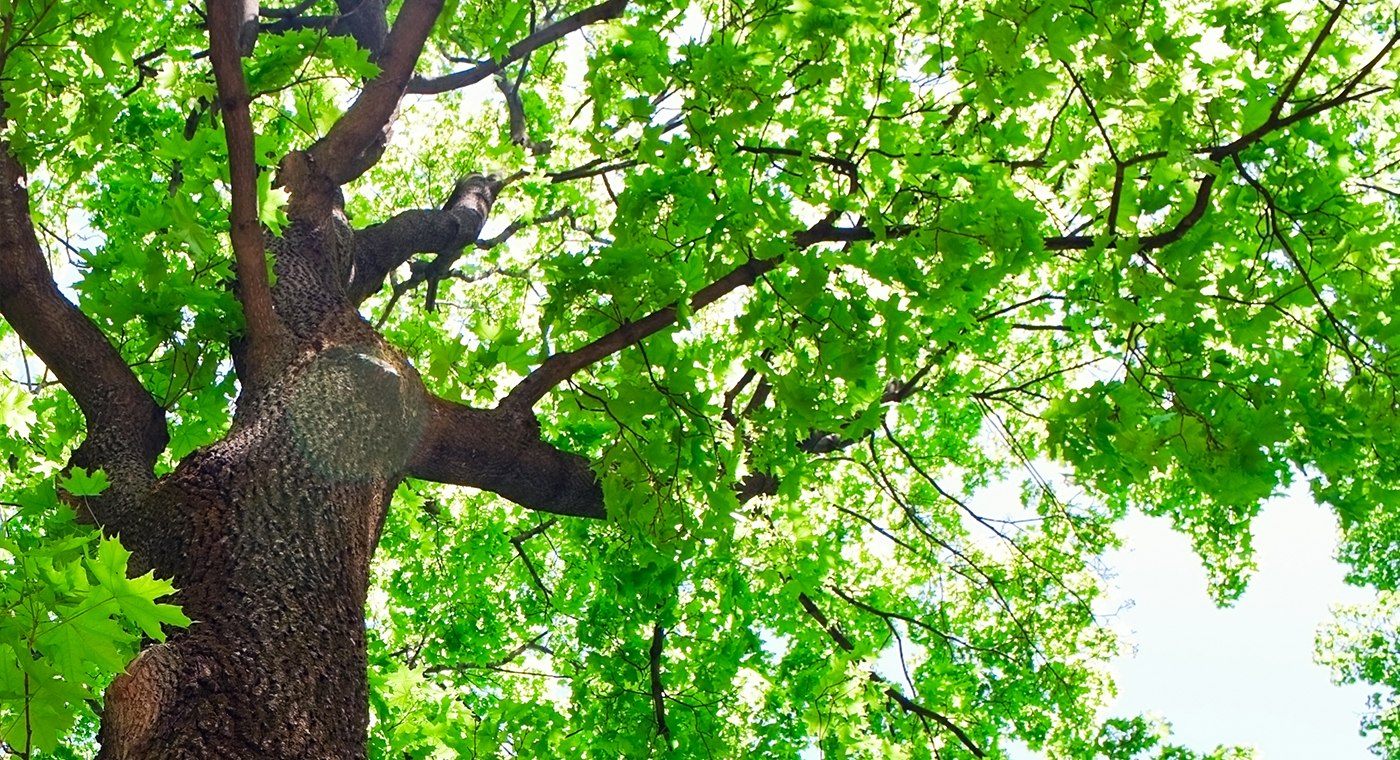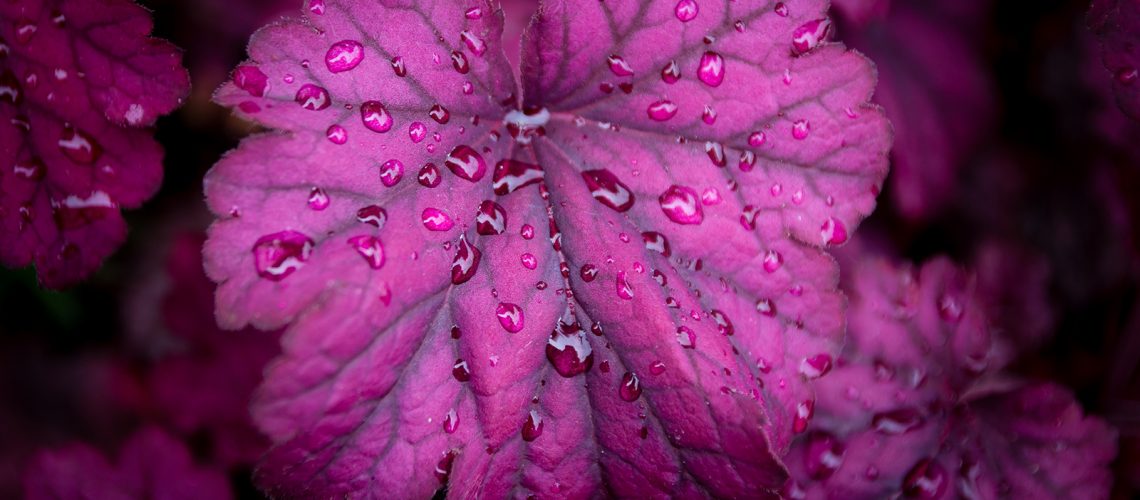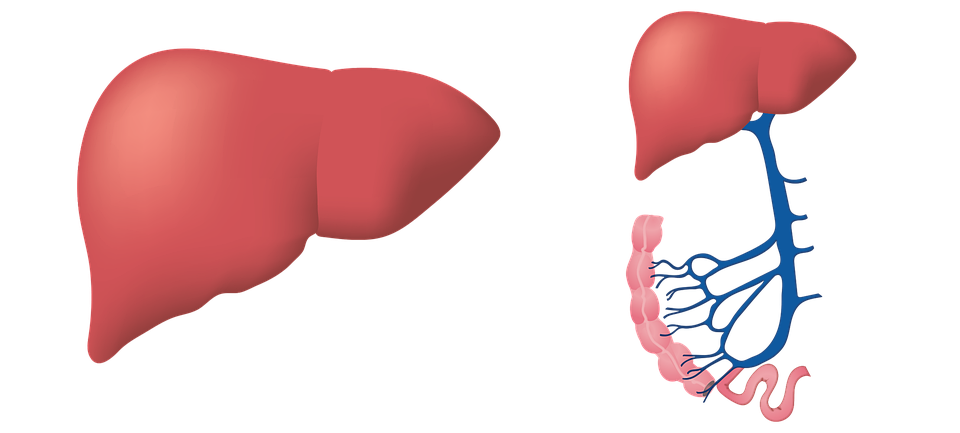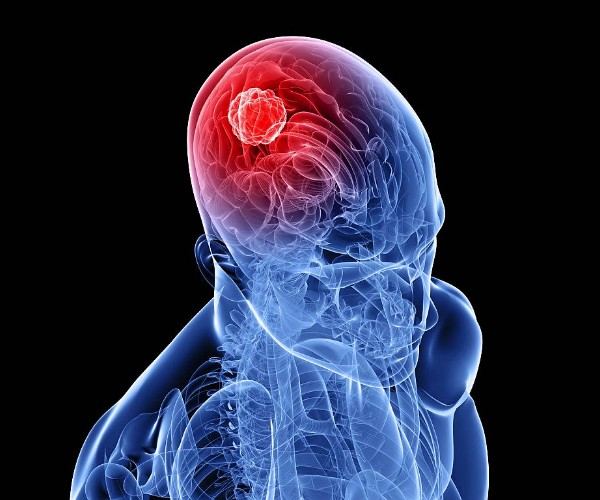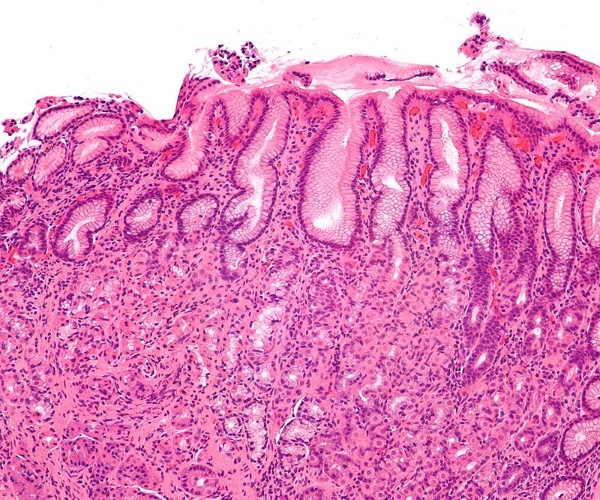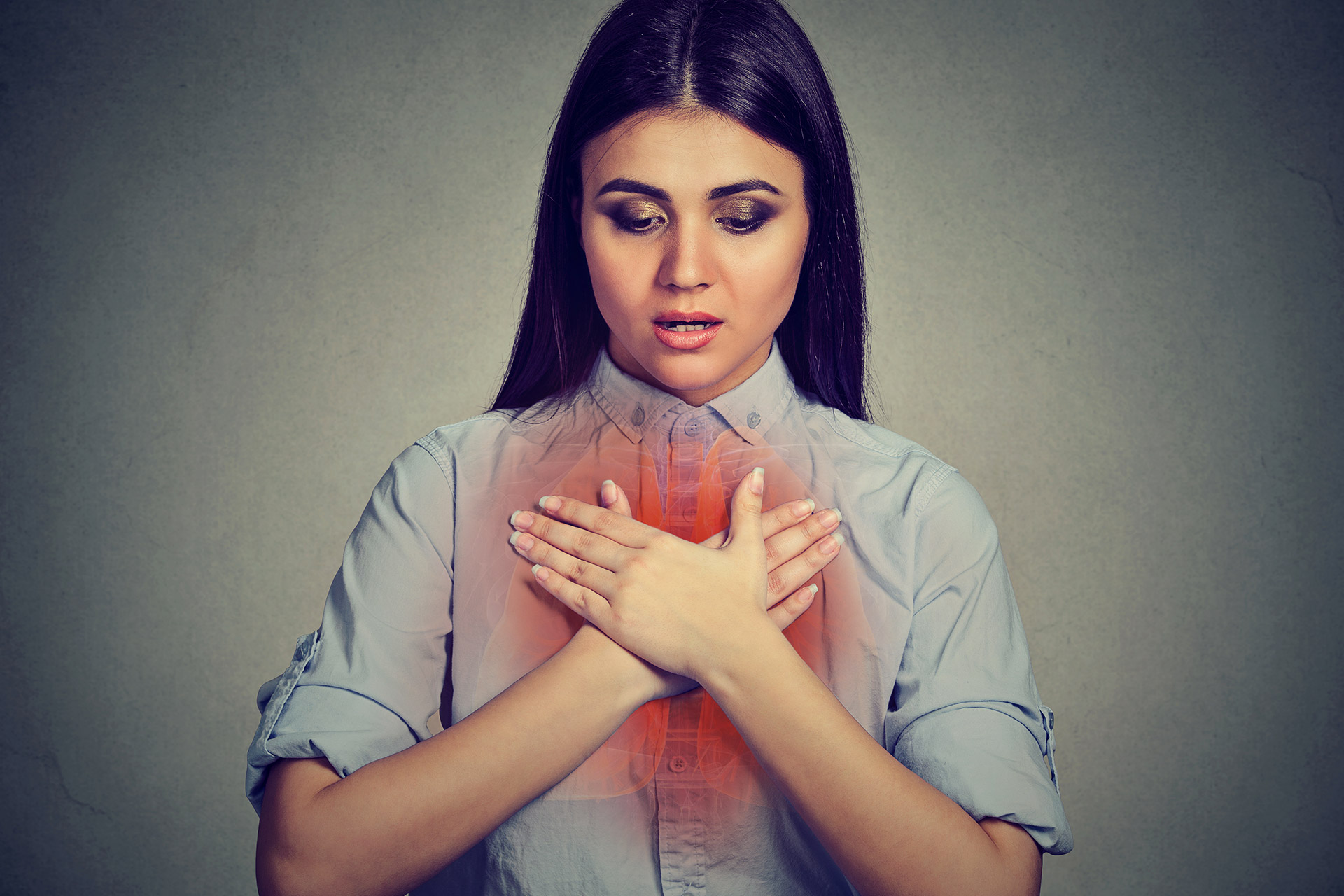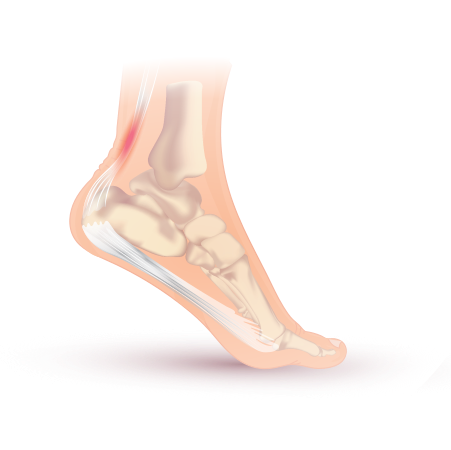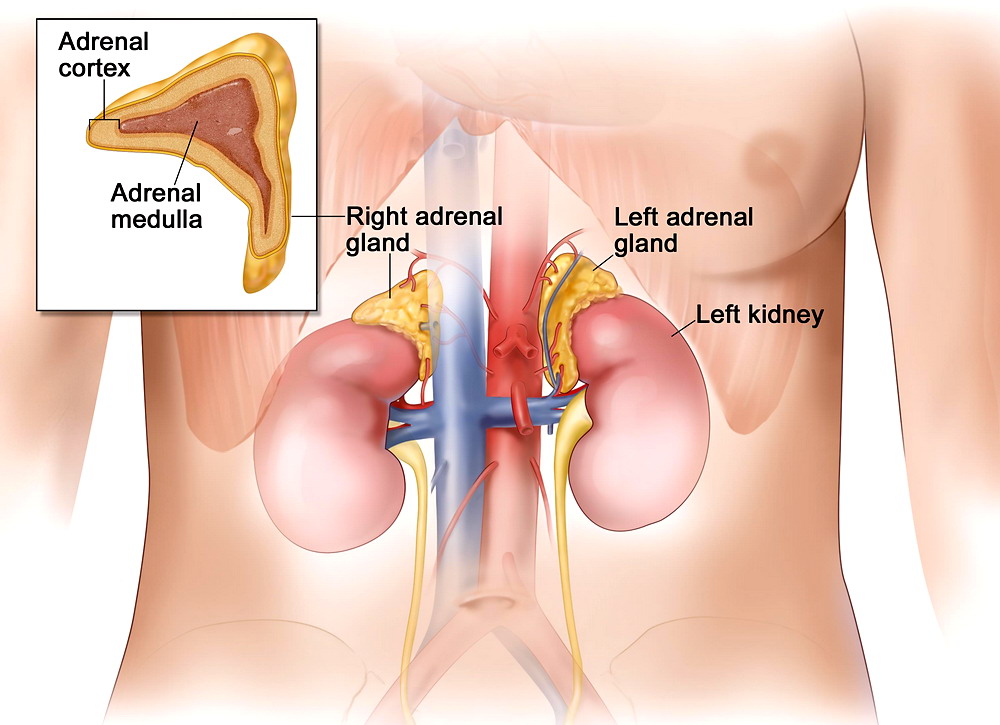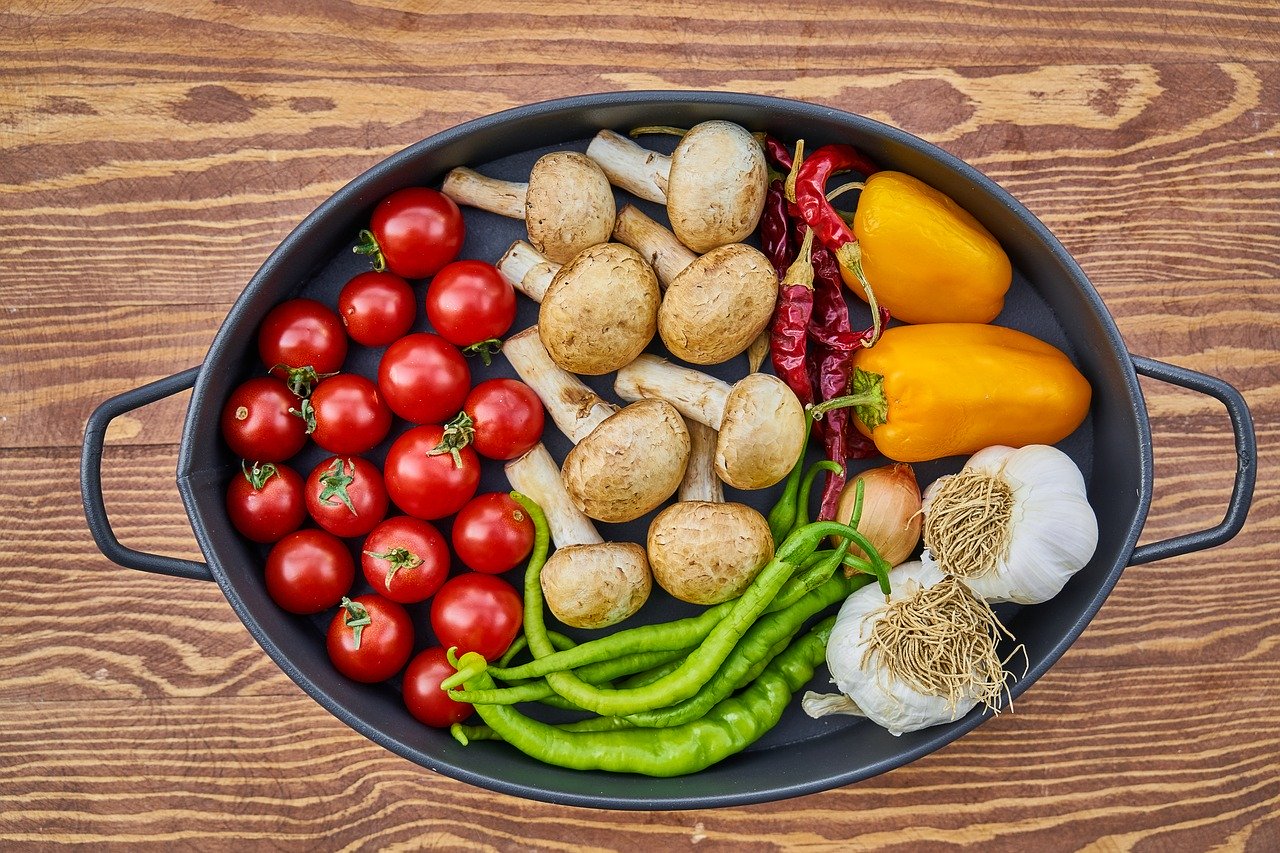Plant life is a complex recipe made possible by simple ingredients-carbon dioxide in the air, mineral salts in the soil, just enough water, light energy from the sun to activate chlorophyll-and the influence of certain environmental factors-temperature, brightness and humidity-that affect its unfolding.
The life of a plant begins when the seed reaches the soil, there where the wind or another vector leaves it; a fatal fate hangs over it: will the soil where it will germinate be rich and fertile? Will light, heat, water be found there in favorable relationship to life? From now on he will not be able to travel. In fact, plants do not move, unlike animals that can move from an unfavorable environment to one more suited to their needs.
This is why plants have had to develop different strategies to feed themselves, defend themselves, and reproduce!
The variability of factors such as temperature, humidity, light, and presence of nutrients results in environmental situations that require certain adaptations, so we have, for example, plant species that can “get by” in hot and dry environments, such as the succulents, storing water reserves in special tissues; on the other hand, in wet environments, species live happily hygrophilous, which are not affected by stagnation near bodies of water; there where the soil does not provide an adequate concentration of nitrogen compounds, plants are able to survive that are able to compensate for this lack by capturing live insects, an incidental source of nutrients; these are the plants we like to call carnivorous; relative to brightness, the species heliofiles like full light, while those trailblazer They prefer the filtered light of the undergrowth.
Whatever the environmental context, nutrition occurs mainly at the expense of the leaves and their photosynthetic organelles, the chloroplasts. In these microscopic biochemical laboratories, the wondrous process known as photosynthesis: mineral substances, absorbed in aqueous solution through the root system, and carbon dioxide from the air are transformed into organic matter by the chlorophyll, the most abundant, but not the only, photosynthetic pigment in the plant world; it is this natural pigment that is the key component of the complex system that makes photosynthetic organisms nutritionally autonomous; this ability is given the name of autotrophy.
Energy to initiate such life processes is provided by the sun and converted into chemical energy in the form of organic molecules, such as glucose and starch, a simple sugar and a complex carbohydrate, respectively.
Recall that a molecule is made up of chemical bonds between atoms and that each bond contains energy; so basically a molecule is a “storehouse” of energy, and the larger the compound synthesized, the greater the stored energy. Note that as a “waste product” of this complex of reactions, plants release oxygen into the environment.
Thanks to the production of the sugars, photosynthesis makes possible not only plant life: since plants are at the base of the food pyramid, they themselves go on to be the source of nutrition for the heterotrophic organisms, that is, those that depend for their nourishment on other living organisms, whether plant or animal, being unable to transform inorganic substances into organic compounds.
Glucose, in addition to its nutritional and energy purposes, is according to some studies, necessary to send signals to genes involved in cell development and growth.
In order to keep this laboratory up and running, it is necessary that the compounds that plants find directly from the air around them, carbon dioxide, and from the soil in which they tenaciously sink their roots, water and mineral salts, the latter of which are employed both structurally and in certain metabolic functions, are always available.








The transport of sap occurs through highly specialized tissues called xylem e phloem; they are structured in such a way as to constitute true conducting vessels, formed by cells that in the case of xylem are dead, emptied to better fulfill the task of bottom-up transport of the raw sap, that is, the solution of water and mineral salts. To enable this transport against gravity, some essential physical phenomena come into play: theosmosis, which allows the passage of water from the soil through the root hairs, the rise by capillarity, which is possible because of the infinitesimal diameter of the xylem vessels, and the “pull” that is generated by the change in pressure resulting from the evaporation of water from the stomata (the tiny holes found mostly below the leaves).
The processed sap, that watery substance rich in sugars produced by photosynthesis, is then transported through the phloem from the leaves to the other organs of the plant.
Sap transport is affected by atmospheric moisture, which is instrumental in the uptake of water from the soil; this uptake slows to a halt when the air is charged with moisture, stopping evaporation through the leaves. Conversely, very dry air “draws” water from plants, causing evaporation through stomata to increase and consequently water to rise from the soil. To avoid “water stress” as much as possible, plants can regulate the opening and closing of stomata.
In addition to the main life processes described, plants exhibit fascinating modes of reproduction, curious defense strategies and peculiar “behaviors” by which they manage to form more or less lasting “friendships” with other living things. We will discuss this in subsequent lectures.



